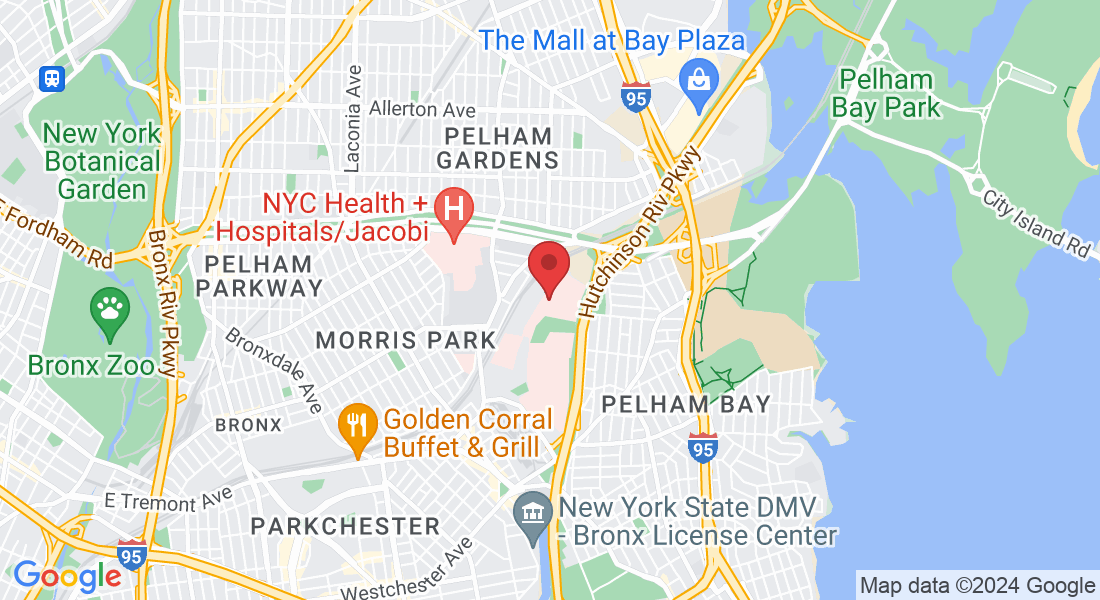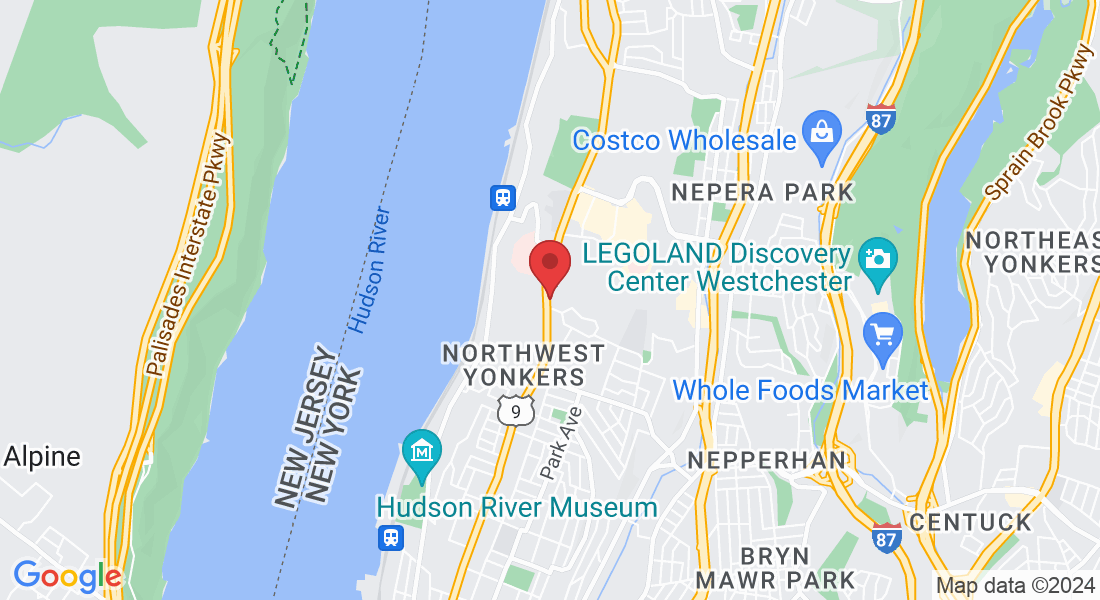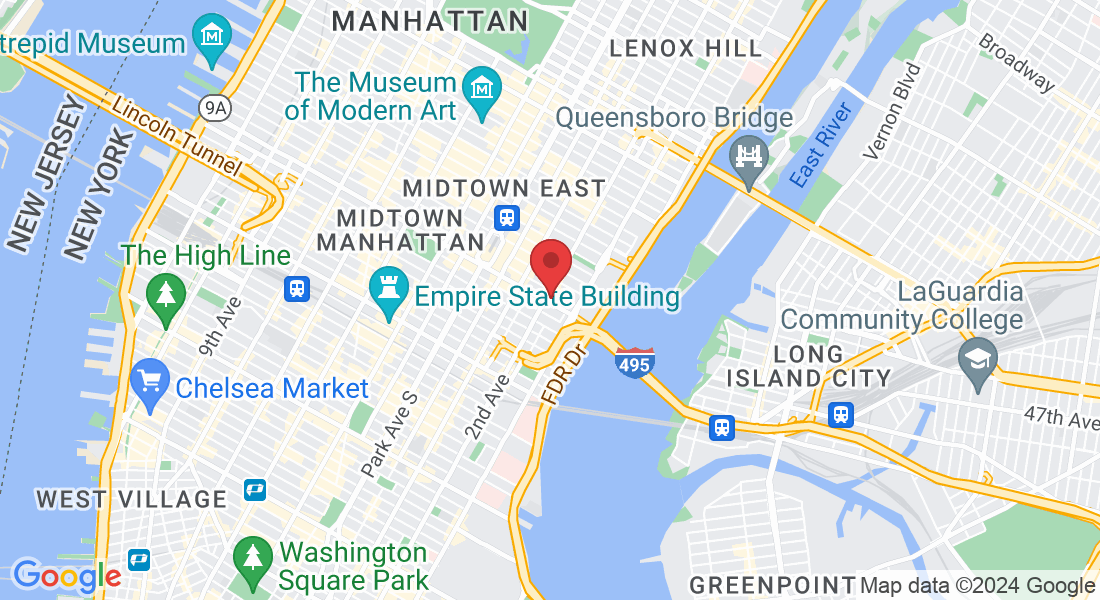Knee pain is often caused by osteoarthritis (OA), a degenerative joint disease that was long considered a “wear and tear” disease of the cartilage in the knee joint. Lately, scientific studies suggest that OA is a much more complex disease with release of local inflammatory mediators by cartilage, bone and synovium, with low grade systemic inflammation that can reach the cartilage and cause its degradation. Unlike other tissues, cartilage once damaged cannot respond to healing as it does have blood or nerve supply. Several risk factors can increase incidence of OA such as age, obesity, deformity, family history, and past knee injuries.
Knee pain from osteoarthritis can be quite debilitating, but there are several treatments to manage the symptoms and improve your quality of life. We offer a holistic approach to you and your treatment, instead of focusing solely on pain causing conditions. Our treatments are more effective as we combine physical therapy, non-operative pain management options and lifestyle modifications to help avoid or delay surgery such as a knee replacement.
Symptoms of Sciatica
The most common symptom of sciatica is pain that radiates along the path of the sciatic nerve, which runs from the lower back down to the legs. Other symptoms of sciatica may include:
Lower back pain
Burning or sharp pain in the buttocks or legs
Difficulty standing up or walking due to pain or weakness
Pain that worsens with prolonged sitting, coughing, or sneezing
Shooting pain that makes it difficult to move or stand up
Numbness or tingling in the legs or feet
Weakness in the affected leg or foot
Sciatica Treatment Options
At New York Spine & Sport Rehabilitation Medicine, we offer a holistic approach to you and your treatment instead of focusing solely on pain causing conditions. Our treatments are more effective as we combine physical therapy with non-operative pain management options to treat pain in spine and joints early and effectively. Our treatments may include:

Physical therapy for early and simpler pain conditions. This includes therapeutic exercises to alleviate pressure on the nerve and prevent worsening symptoms, reduce pain, improve range of motion, and strengthen spine stabilizing muscles.
Non-operative procedures for pain management – Epidural steroid injections: As a herniated disc may leak chemicals or irritate the nerves, epidural steroid injections may be necessary in severe pain cases or after physical therapy and medications have failed to provide pain relief. These injections are only done at our practice using fluoroscopic (x-ray guidance) using advanced techniques in interventional pain management. Potent steroids are placed at the interface of pain source to help reduce pain and inflammation around the nerve and disc that is causing the pain. It can therefore give the body a chance to heal and recover from the condition, continue with further rehabilitation and avoid surgery. This is important in avoiding chronic pain, disability, disuse, dependency on drugs and emotional anxiety/depression related to pain.
Other interventions: Besides epidural nerve blocks, facet nerve blocks, heat wave – radio frequency pain nerve ablation for unremitting neck and back pain, and kyphoplasty balloon for vertebral compression fractures are used depending on the cause of sciatica.
Neuromodulation program: (Spinal Cord Stimulator) for complex chronic spine and radiating pain syndromes.
Lifestyle modifications that affect your diet, sleep, mood, and emotional strength. Weight loss, cessation of smoking and improving overall fitness and conditioning are essential in the recovery and reoccurrence of future episodes of spine pain.
Surgery: Most (80-90%) patients with a new or recent acute disc herniation will improve without surgery. Surgery may be indicated on an emergency basis and for certain select patients who do not respond to non-surgical treatments. Rarely, a disc herniation can press on the nerves which may cause a progressive paralysis of muscles in the limbs or the nerves that control the bowel and bladder. This can be accompanied by numbness and tingling in the area around the anus or genital area & loss of bladder/bowel control – Cauda Equina Syndrome, and is one of the indications for immediate surgery. Call and see a doctor immediately, if you suffer or develop any of the above symptoms.
Help is just a call or click away!
It is important to seek medical attention if you experience symptoms of sciatica, as it can lead to long-term nerve damage and chronic pain syndrome if left untreated. Don’t live with pain – call to schedule an appointment with the medical specialists at New York Spine and Sport With our specialized treatment plans, your journey to recovery and improvement is set to start.
If pain is overwhelming and patients are not able to tolerate or progress in physical therapy, our pain medicine MD specialists can evaluate and recommend interventional pain procedures to get to the source of pain and facilitate early recovery.
Our team of board certified physicians and licensed physical therapists at NYSSRM are dedicated to assure your pain condition is identified and managed early and appropriately to improve your quality of life. We have Clinics situated in North Bronx, North Yonkers and Manhattan. We also accept most insurance plans and Medicare.
Please visit our website to book your appointment or to contact us.
Keep in mind where you receive your initial treatment for your pain condition will make all the difference in your future outcome!
Need a Consultation For Your
Back Pain?
What Our Patients Say
Contact Us for An Experts Consultation



